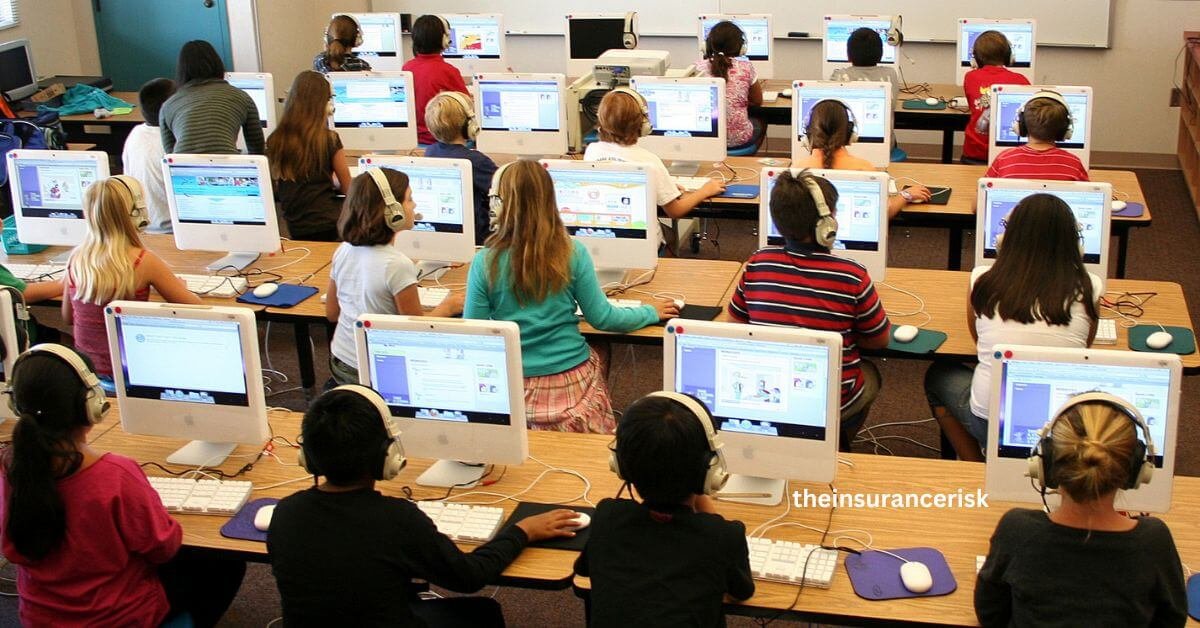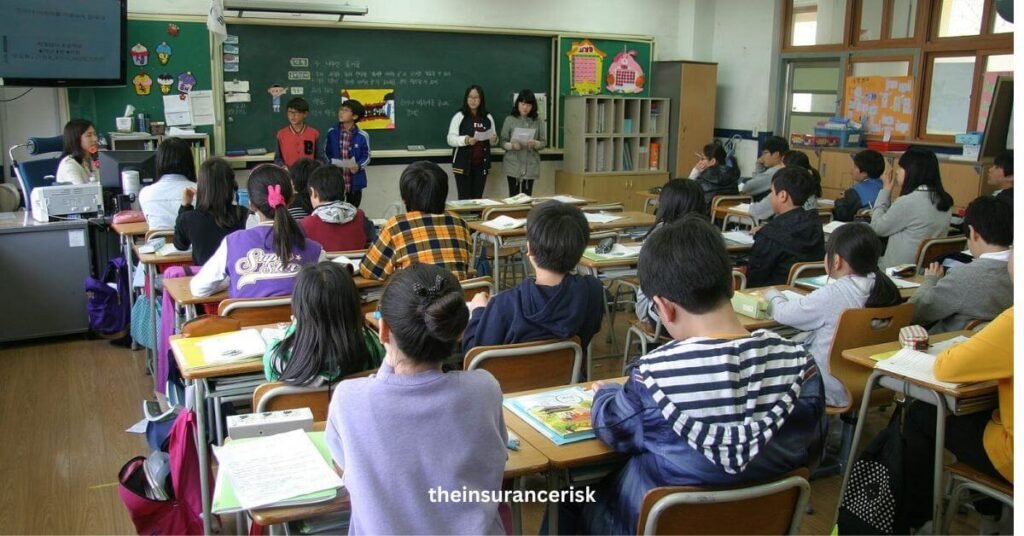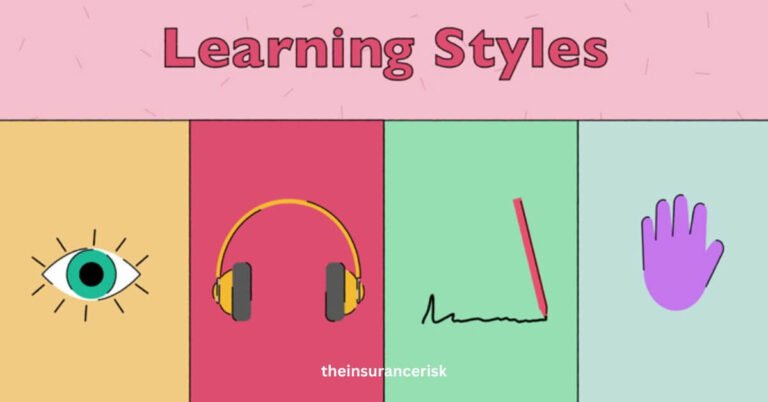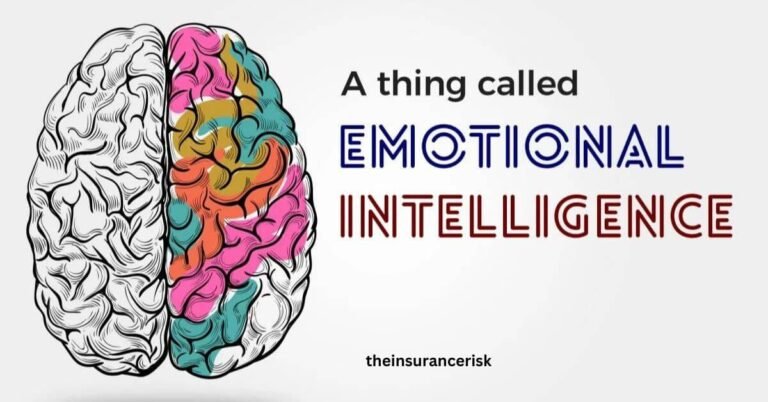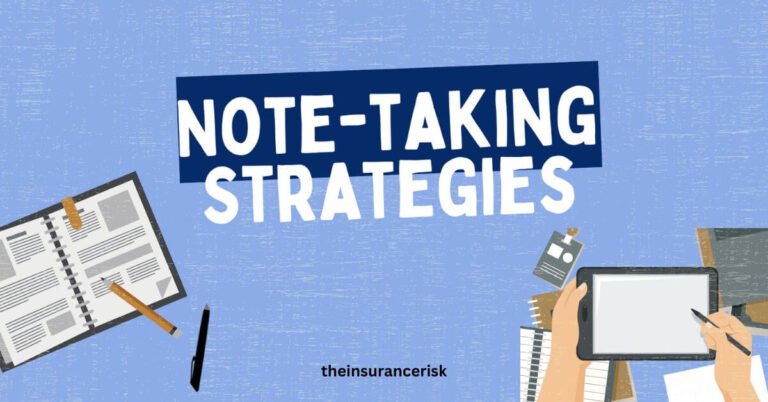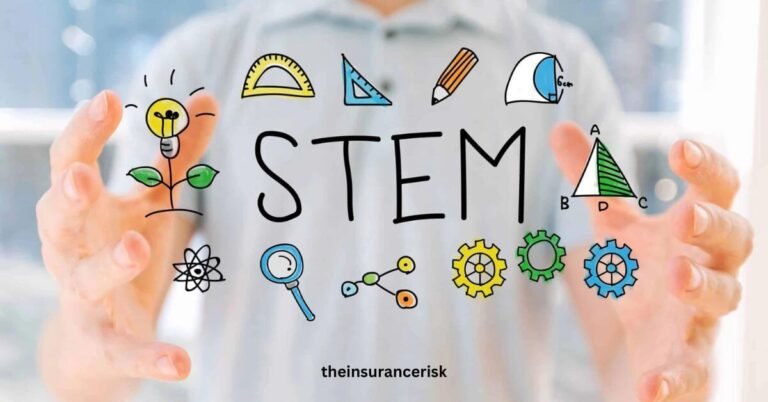Modern Education: Shaping Tomorrow’s Leaders with Innovative Learning
Introduction
In today’s classrooms, technology isn’t just a tool it’s a game changer. With interactive whiteboards and tablets, its impact on Education is clear. But what exactly is the role of technology in shaping modern learning environments? Well, let’s explore that. As we dive into this topic, we’ll see how technology transforms traditional teaching methods and opens doors to new possibilities. So, get ready to navigate the ever-evolving landscape of Education in the digital age with Modern Education.
Improving the Accessibility of Education
In today’s fast-paced world, Modern Education harnesses technology to make learning more accessible. With online courses and virtual classrooms, geographical barriers are disappearing. Students aren’t limited to traditional schools; they can access top-notch education from home or anywhere on the Internet. This flexibility is specifically helpful for busy people like working professionals or parents. Additionally, technology allows for personalized learning, catering to different styles and needs. This ensures that Education is within reach for everyone, no matter their circumstances. As technology evolves, the possibilities for expanding Education are endless, promising a future where learning is boundless.
Enhancing Learning Experiences
In today’s ever-changing educational landscape, Modern Education uses technology to enhance learning experiences like never before. With educational apps, multimedia resources, and interactive simulations, students have more than textbooks and lectures. They can now interact with content in immersive ways, which helps them understand and remember concepts. Whether it’s a virtual science experiment or a language-learning app with interactive games, technology provides various tools to suit different learning styles and preferences. By offering personalized and engaging learning experiences, technology gives students more control over their Education and encourages them to explore subjects with curiosity and excitement.
Promoting Collaboration and Communication
In Modern Education, technology is crucial in encouraging collaboration and communication among students and teachers. Platforms like Google Workspace and Microsoft Teams create virtual spaces where students can connect with peers and educators worldwide. These online tools enable instant communication, making collaborative projects, group discussions, and interactive learning possible. By eliminating distance barriers and encouraging global connections, technology helps students share ideas and resources and engage in valuable discussions, enriching their educational experience.
Empowering Educators
Modern Education technology is essential for empowering educators in today’s education system. Gone are the days of relying solely on chalkboards and textbooks. Now, teachers have a wide range of digital tools to enhance teaching and engage students. They can use online platforms, webinars, and forums for professional development to keep improving their skills. Technology provides valuable insights into student progress and learning styles through data-driven instruction using tools like learning management systems and analytics. With these resources, educators can adapt their teaching methods to better meet their students’ diverse needs, creating a more effective and inclusive learning environment.
Tackling Challenges and Concerns
As we embrace technology in Modern Education, it’s important to address the challenges and concerns that come with it. One big issue is the digital divide, where not all students have equal access to technology and the Internet, leading to unequal educational opportunities. Closing this gap requires ensuring every student has the tools they need to learn. Also, with so many online resources, students can easily get overwhelmed with information. Educators must teach them how to find and use information effectively and responsibly. By recognizing and working to overcome these challenges, we can make the most of technology in Education while minimizing any downsides.
Upcoming Trends and Outlook
Looking ahead, Modern Education is bound to see more integration and innovation in technology. Emerging trends and possibilities in technology will shape the future of teaching and learning. Artificial intelligence shows potential for changing how students learn with systems that offer personalized tutoring and adaptive learning. Moreover, immersive technologies like virtual and augmented reality will make classrooms more interactive and interesting, allowing students to explore subjects in new ways. With these advancements, technology in Education isn’t just about helping students learn. It’s about creating exciting and immersive experiences that prepare them for the challenges they’ll face in the future.
Technology-Enhanced Learning: Revolutionizing Education
Modern Education is undergoing a significant transformation thanks to technology in today’s ever-changing education world. Technology is revolutionizing how teachers teach, and students learn, from digital textbooks to virtual reality simulations. With innovative tools, educators can engage students dynamically, catering to different learning styles and encouraging collaboration. Tech-infused learning isn’t just about using gadgets in class; it’s about shifting towards more active, student-focused learning. As technology advances, its role in Education becomes more vital, creating a more inclusive and effective learning environment for all.
Digital Tools: Shaping Modern Learning
In Modern Education, digital tools have become essential, changing how we learn and teach. These tools, like interactive apps and online platforms, improve the educational experience. They turn classrooms into active learning spaces where students engage with content, work with peers, and explore ideas in new ways. Digital tools help teachers personalize lessons, accommodate different learning styles, and keep track of student progress. They also break down barriers and give access to education globally. As digital tools keep improving, they’ll likely transform Education even more, helping learners and educators succeed in the digital era.
Revolutionizing Education: The Impact of Technology
Modern Education embraces innovation through the tech revolution, which has become a fundamental aspect of educational philosophy today. Thanks to rapid technological advancements, classrooms are evolving beyond traditional tools like textbooks and chalkboards. Instead, interactive smartboards, educational apps, and online platforms transform how students interact with learning materials. This revolution isn’t just about using new gadgets; it’s about completely rethinking the educational experience. Educators can create entertaining and immersive learning environments that cater to student’s diverse needs and learning styles by seamlessly integrating technology into teaching methods and curriculum design. The tech revolution in Education isn’t just a passing trend; it’s a significant change shaping the future of learning.
Conclusion
In summary, technology has become a crucial tool in shaping Modern Education. Its integration, from virtual classrooms to interactive platforms, has completely changed how we introduce and understand. Looking ahead, the future of Education seems even more connected to technology, with emerging trends like artificial intelligence and immersive tech. However, it’s important to remember that technology isn’t a magical solution for all educational issues. What truly matters is how we responsibly incorporate and use technology to improve Modern Education, helping students succeed in a constantly changing world.

